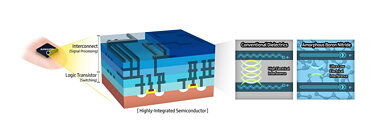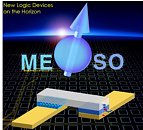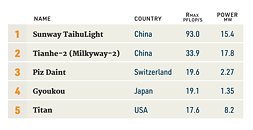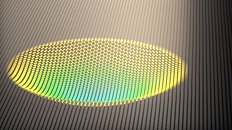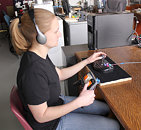IonQ to Open First Quantum Computing Manufacturing Facility in the US
IonQ, Inc. (NYSE: IONQ), an industry leader in quantum computing, today announced plans to open the first known dedicated quantum computing manufacturing facility in the U.S., located in the suburbs of Seattle, Washington. The new facility will house IonQ's growing R&D and manufacturing teams, as they develop systems to meet continued customer demand. With public support from U.S. Senator Patty Murray (D-WA) - an early proponent of the CHIPS and Science Act - and Congresswoman Suzan DelBene, US representative from Washington's 1st congressional district,today's announcement is part of IonQ's broader intent to invest $1 billion through expansion in the Pacific Northwest over the next 10 years.
"IonQ making the decision to open the first ever quantum computing manufacturing facility in the country right here in Bothell is a very big deal—and it's great news for Washington state," said Senator Murray. "Opening this facility will absolutely help ensure Washington state continues to be a leader in innovation and cutting-edge technologies—but it also means jobs that will be an investment in our families and their futures. These are the kinds of investments that happen when we pass legislation like the CHIPS and Science Act to invest in American manufacturing and build the economy of the future right here at home."
"IonQ making the decision to open the first ever quantum computing manufacturing facility in the country right here in Bothell is a very big deal—and it's great news for Washington state," said Senator Murray. "Opening this facility will absolutely help ensure Washington state continues to be a leader in innovation and cutting-edge technologies—but it also means jobs that will be an investment in our families and their futures. These are the kinds of investments that happen when we pass legislation like the CHIPS and Science Act to invest in American manufacturing and build the economy of the future right here at home."


















